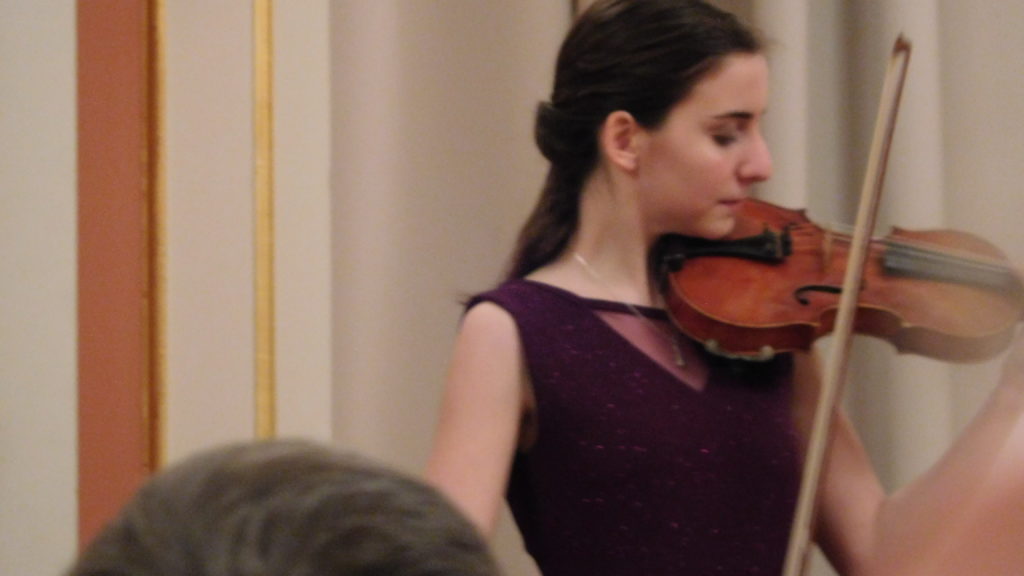
She competed at the 2016 Rio Paralympics in six events. She also finished fifth in the Women's 200m Medley Multi-class in a personal best time of 2.39.11 and seventh in the Women's 100m Butterfly Multi-class in 1.11.53. This was the fourth fastest time clocked in the world this year. At the 2016 Australian Swimming Championships, she won bronze medal in the Women's 100m Breaststroke Multi-class in a personal best time of 1.21.31. In multi-class events at the 2015 Australian Age Championships, she won silver in the 50m Breaststroke as well as bronze in the 50m Freestyle and 100m Freestyle. At the 2015 Australian Swimming Championships, she won the bronze medal in 50m Breaststroke Multi-classand made the final of the 100m Breaststroke Multi-class. At the 2014 Australian Swimming Championships, she won the bronze medal in 50m Breaststroke Multi-class. At the 2013 McDonald's Queensland Multi Class Championships, she swam in 11 events and won seven gold and four silver medals. She took up squad swimming in March 2012 to assist her rehabilitation. As she was deemed ineligible, she now competes in the S14 class for athletes with intellectual impairment.

She was previously classed as an S10 swimmer for athletes with physical impairment however the International Paralympic Committee deemed her very mild physical impairment to not meet the eligible criteria for inclusion in Paralympic sport. Leonhardt is classified as a S14 swimmer.

She previously attended St Joseph's Regional College in Port Macquarie but in 2019 she graduated from Carmel College, Thornlands. She now lives in Mount Cotton, Queensland, previously lived in Port Macquarie which is also the home of wheelchair rugby gold medallist Ryley Batt who is her idol. The calcium build-up behind her eyes causes drusen which will one day lead to a loss of eyesight. The intercranial hypertension means that she regularly needs to have excess fluid on the brain removed via a spinal tap. The accident left her with hemiplegia cerebral palsy on her right side as well as intercranial hypertension, epilepsy and autism. At the age of five she was involved in a car accident that left her with severe injuries. She is survived by her children and six grandchildren.Leonhardt was born on 21 September 2000. Combined with her wicked sense of humour, this could be a disconcerting mix, but it also created lasting friendships. As radical feminists, our politics come directly from this tension between men's power and women's resistance."Īs a woman of fierce intellect and acerbic wit, Diana could be intimidating, yet she also showed extraordinary underlying warmth and love. She was also a visiting professor at the Centre for Higher Education and Equity Research at Sussex University, promoting women's equality in universities.ĭiana created various organisations seeking equality for women, and in 1997 managed to get the Gender Equity Task Force in South Africa to consider questions of violence against women.She was one of those who founded the innovative Women's Research and Resources Centre, now the Feminist Library, in London in 1975, and was on the publishing collective of the radical feminist magazine Trouble and Strife, a title taken from the cockney rhyming slang for wife: "We chose this name because it acknowledges the reality of the conflict in relations between women and men.

With her friend the French feminist Christine Delphy, Diana developed an eloquent critique of the family, stressing women's economic oppression in the household, and together they published Familiar Exploitation: A New Analysis of Marriage in Contemporary Western Societies (1992).ĭiana obtained a lectureship in sociology at the Institute of Education in 1976, and remained there for the rest of her career, with spells on secondment to various universities: the Open University (1980-83) to work on its first women's studies course the University of California, Berkeley and Deakin University, Geelong, Australia. Her research led her to feel critical of the legal form of marriage, and her own ended in divorce in 1981.īetween 19, Diana was involved in a study group on the family in Paris, where the seeds of a new approach to understanding women's status were germinating.

During this time she was also bringing up her three children – Hannah, Polly and Tom – with her then husband, Rodney Barker. She started postgraduate life as a science teacher, and then did a PhD in social anthropology, in south Wales, on the subject of courtship and weddings. The family returned to the UK after the war, and Diana went to Brighton and Hove high school, followed by Girton College, Cambridge, where she read natural sciences, specialising in archaeology and anthropology. Diana was born in Trinidad, where her mother was a teacher-trainer and her father a scientist, working on sustainable plants.


 0 kommentar(er)
0 kommentar(er)
